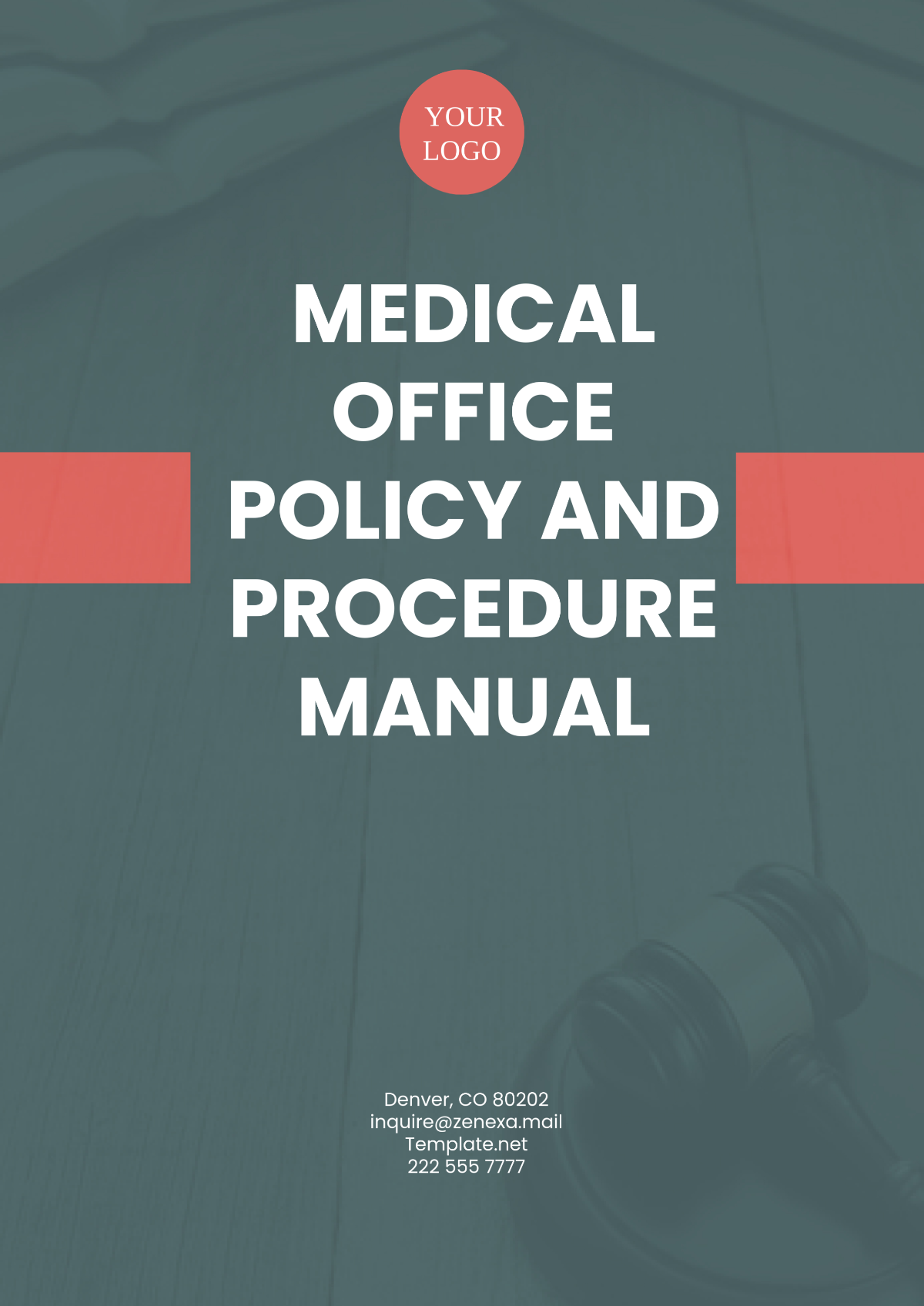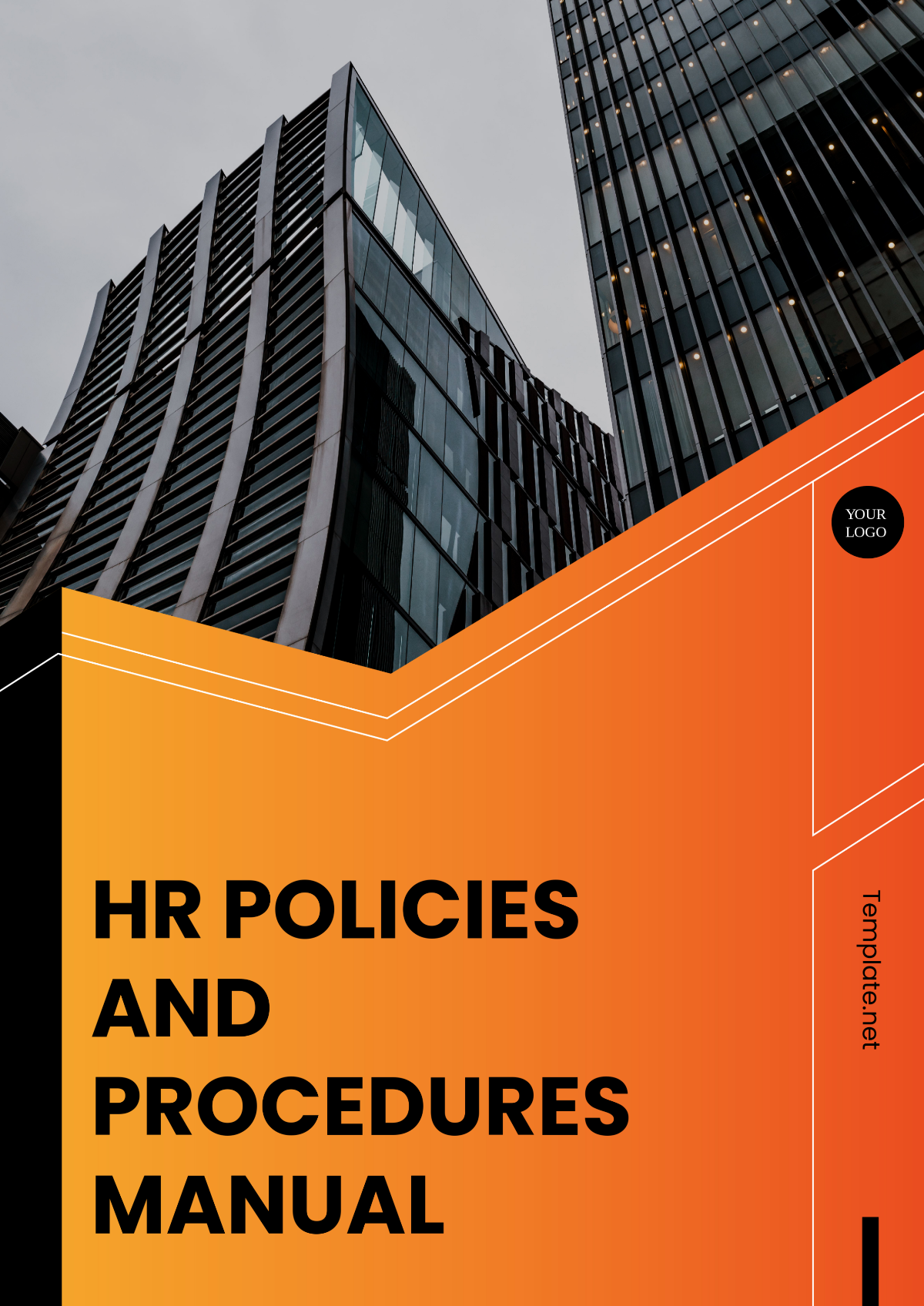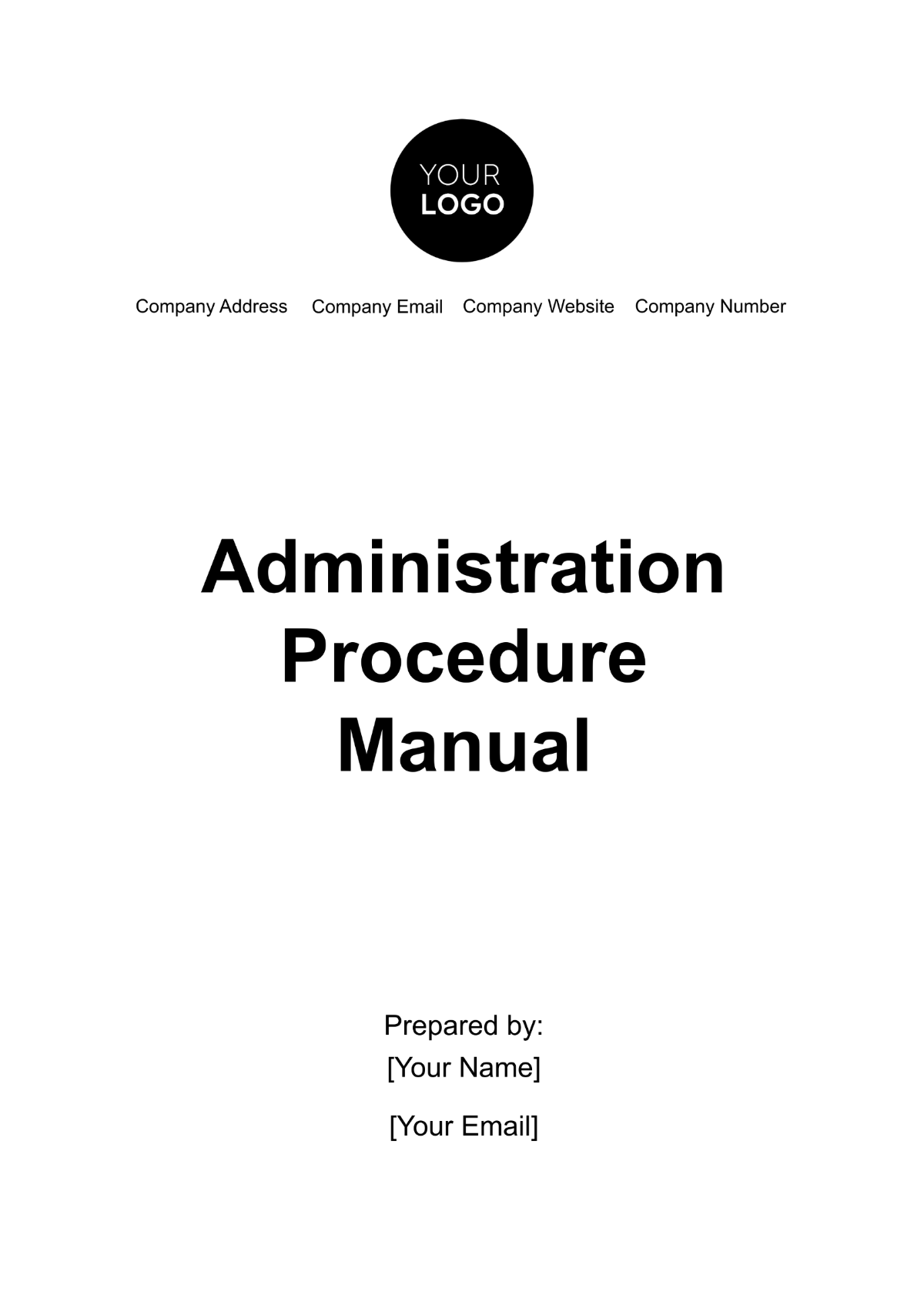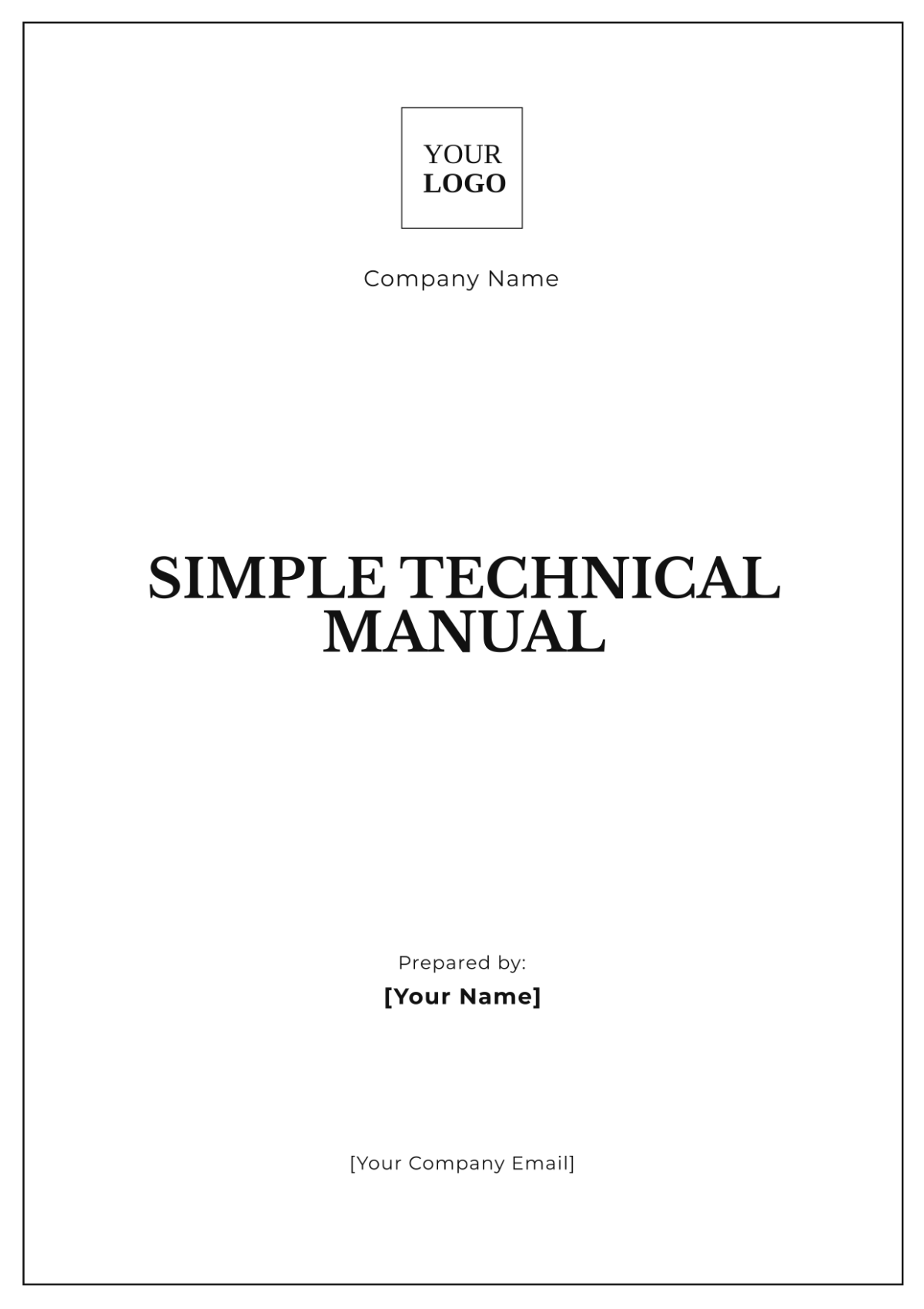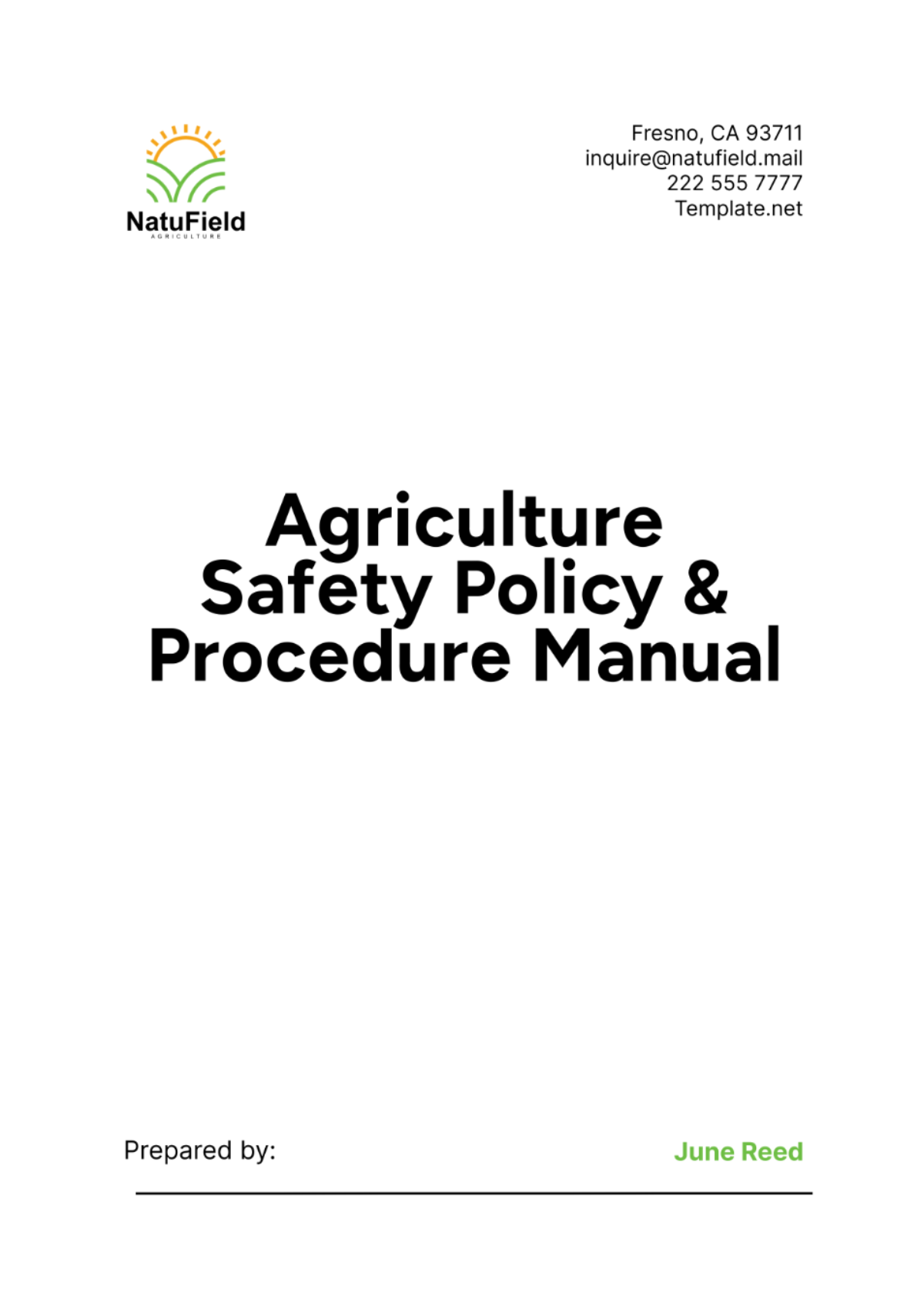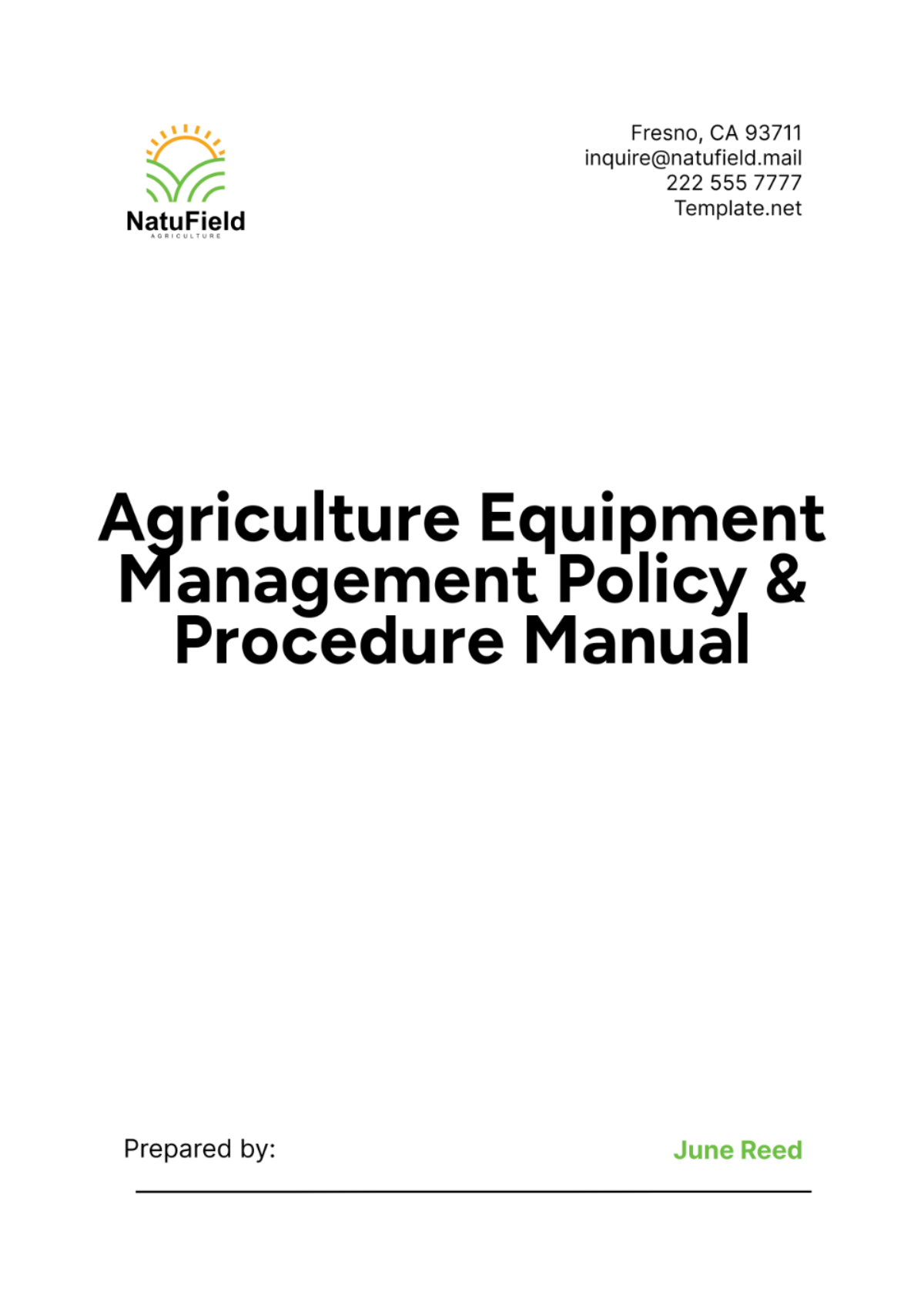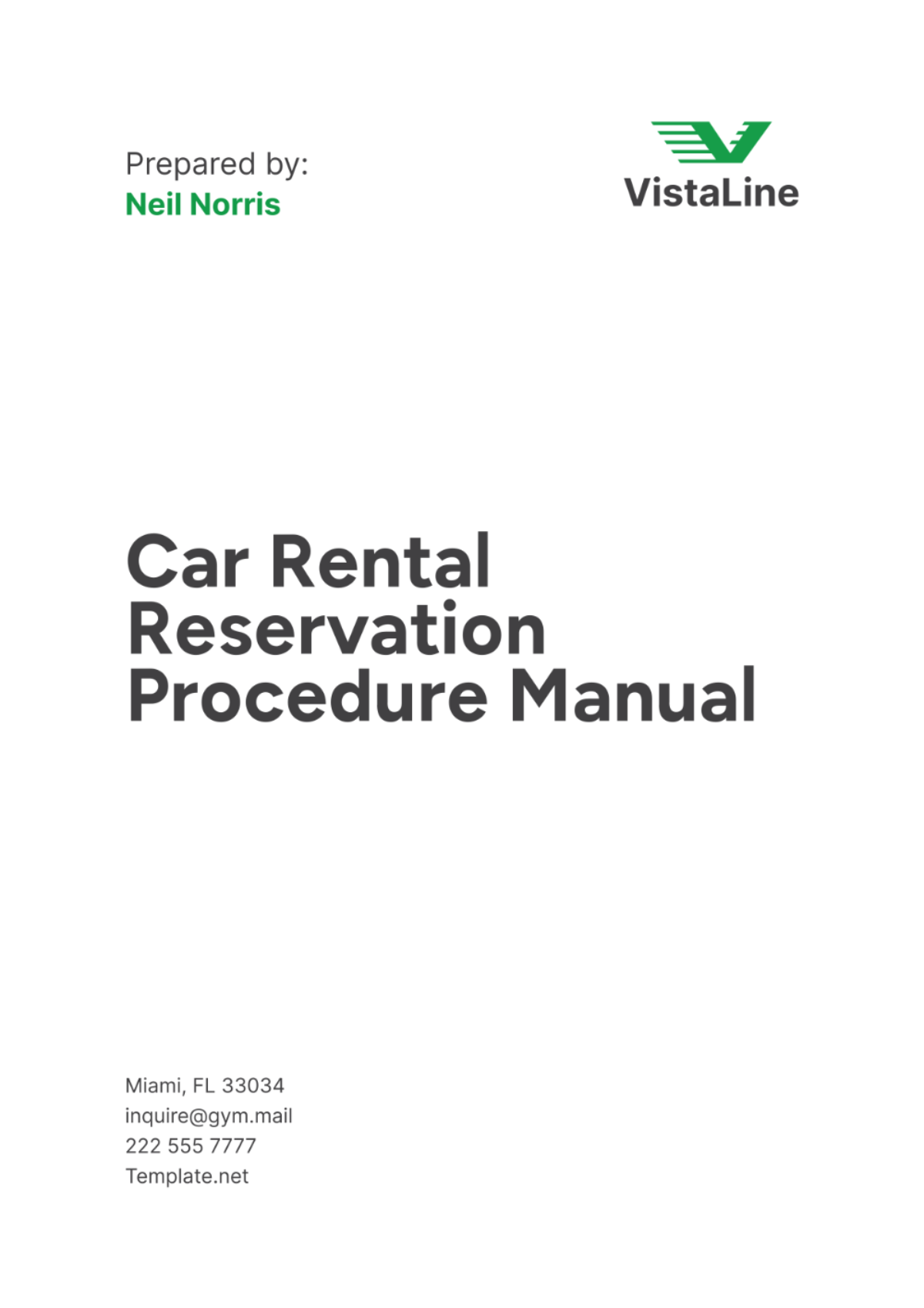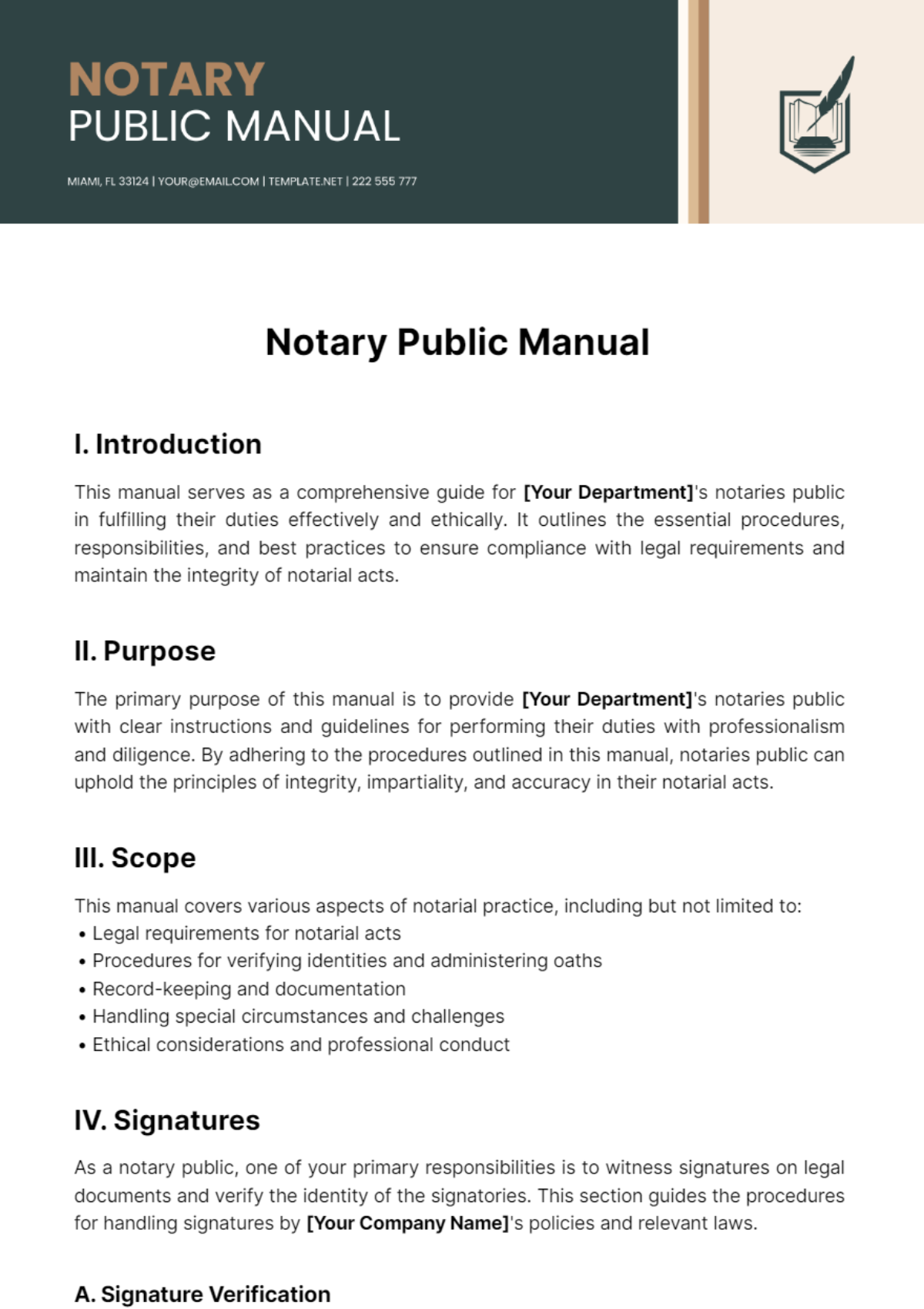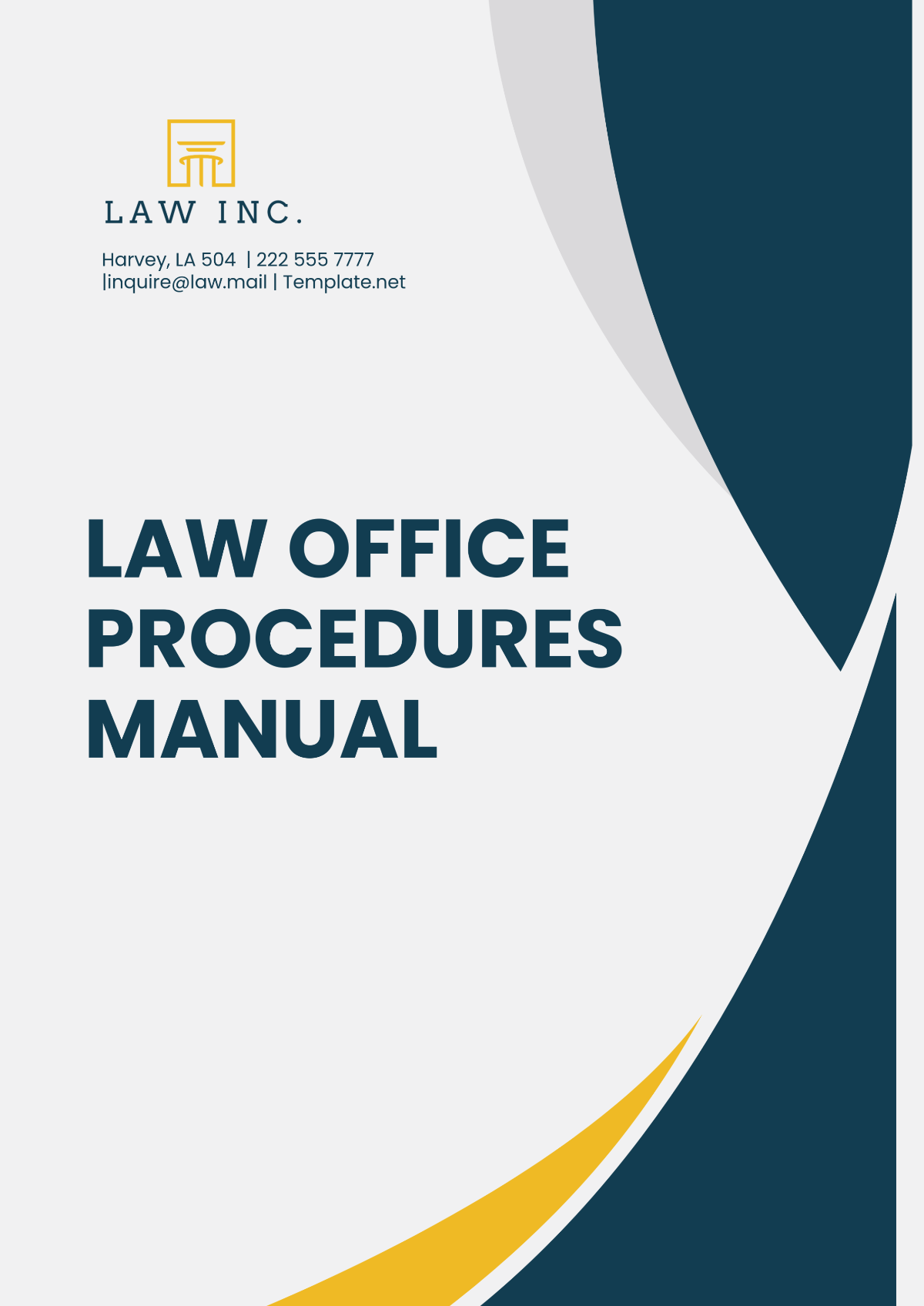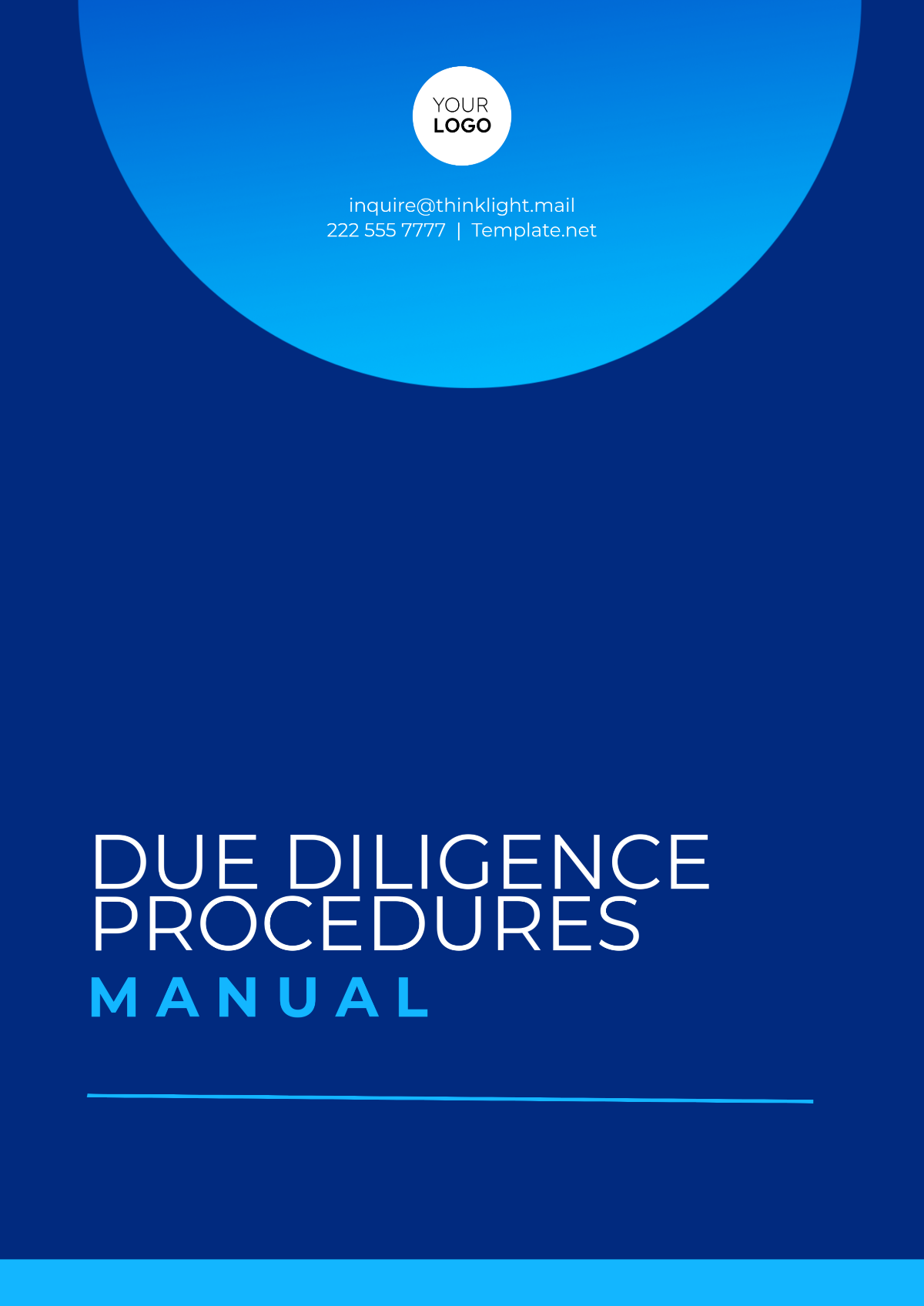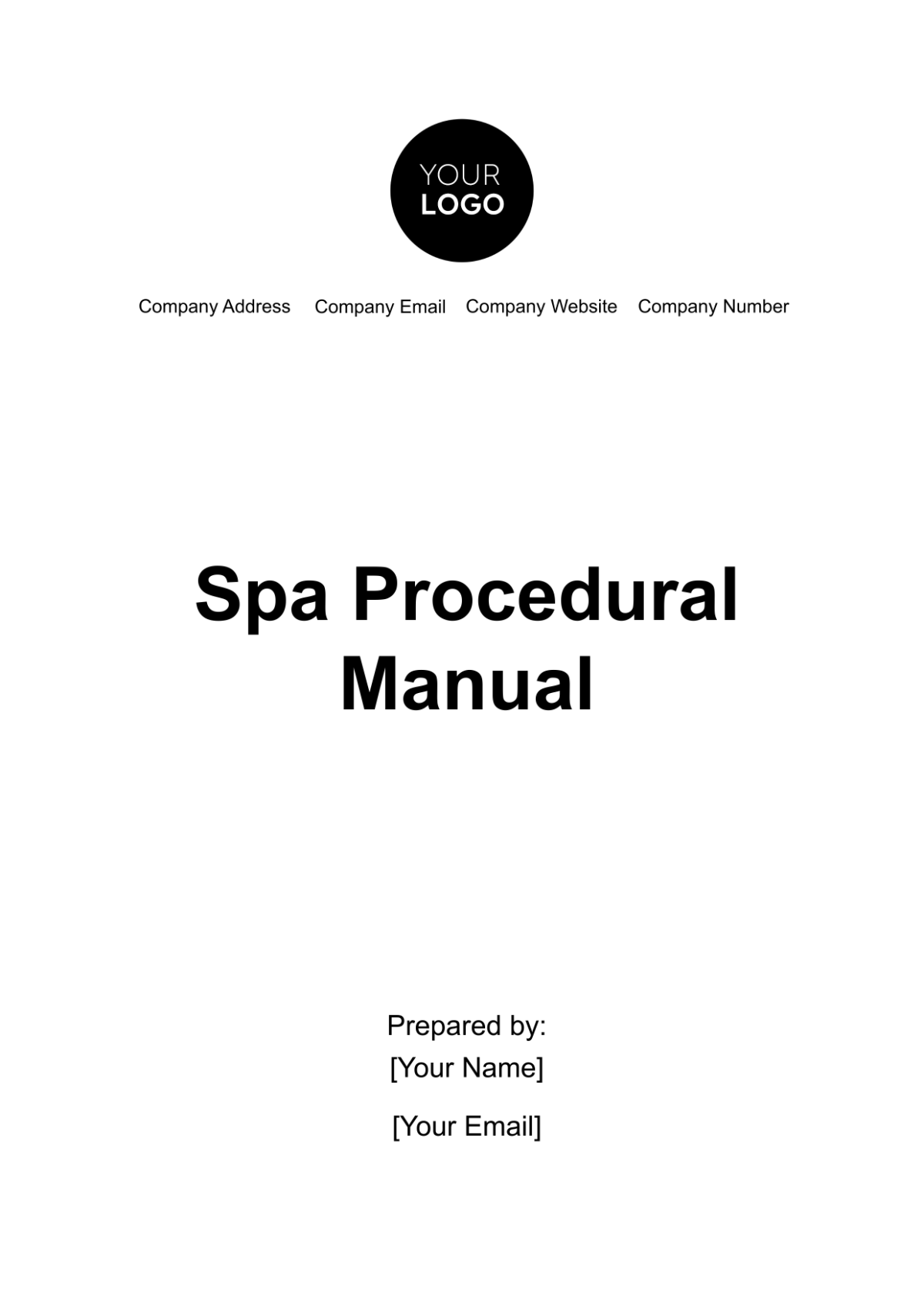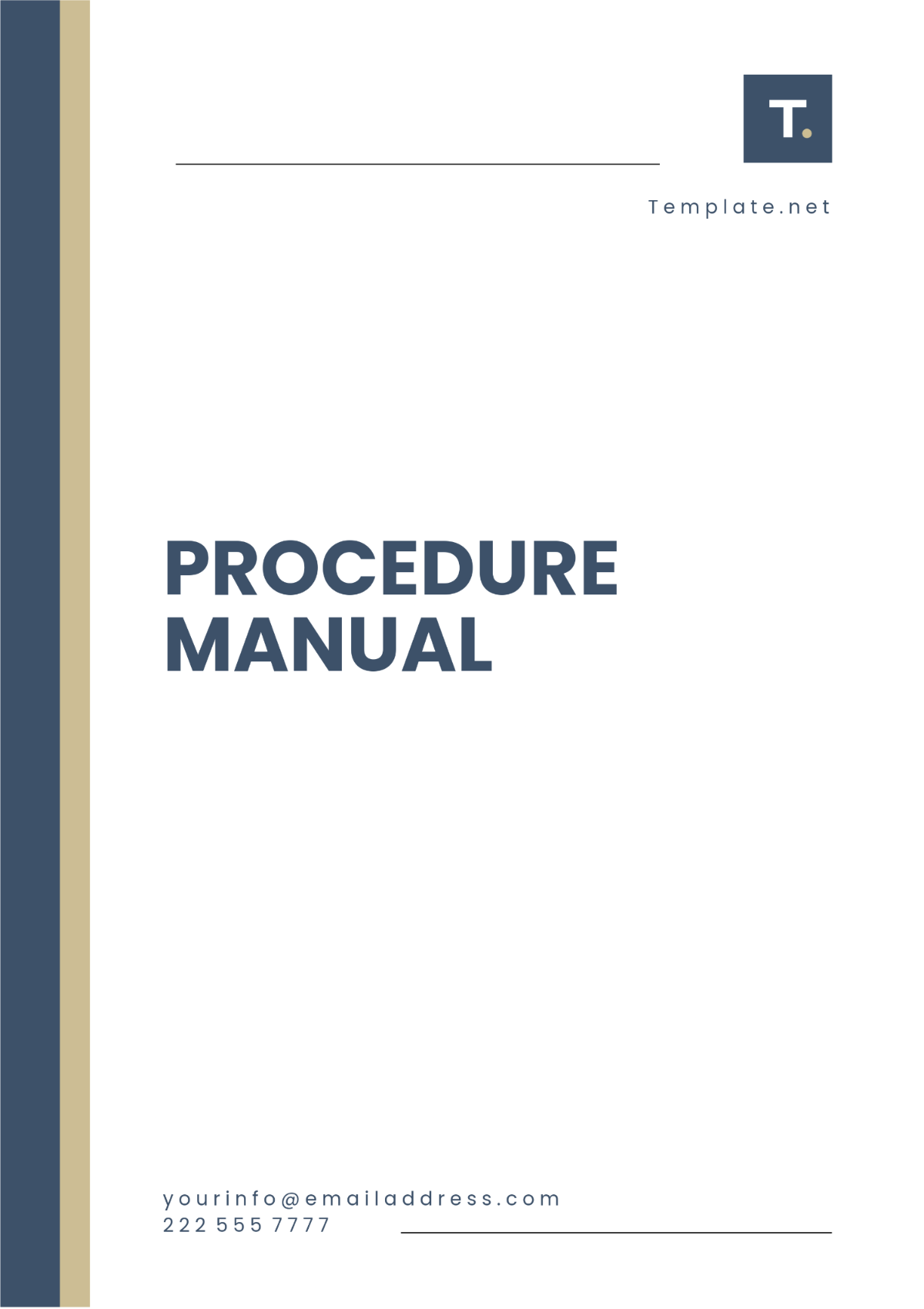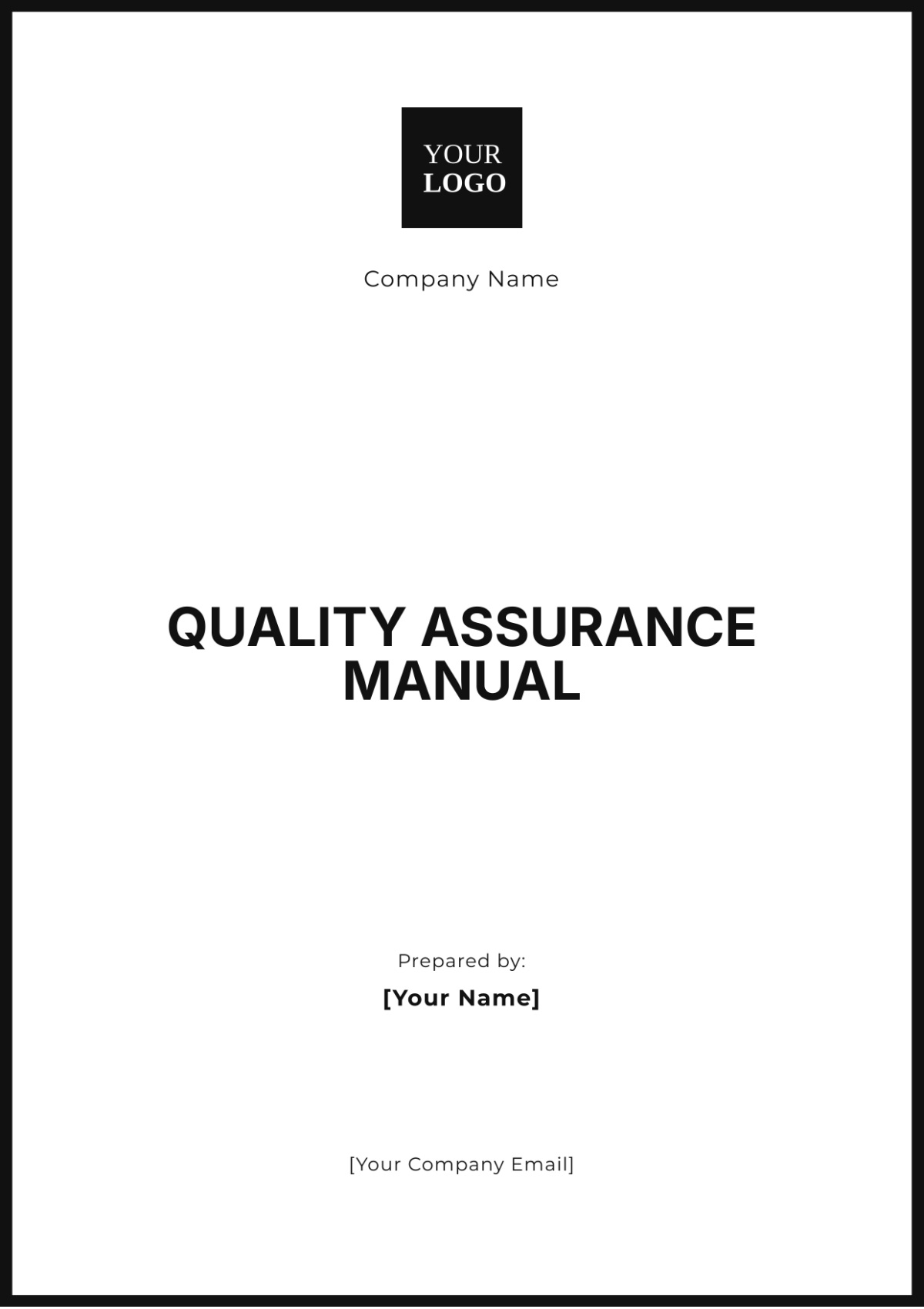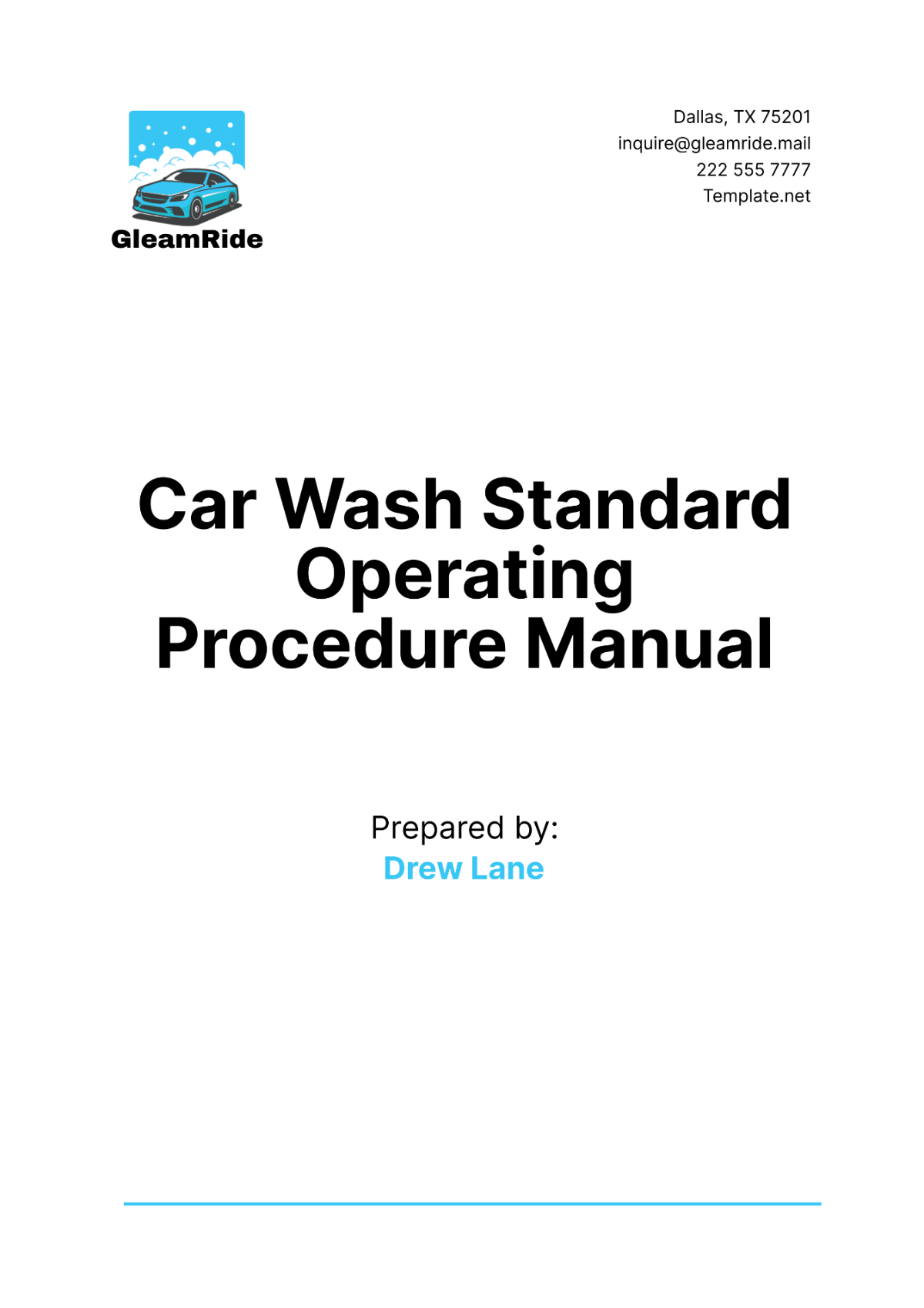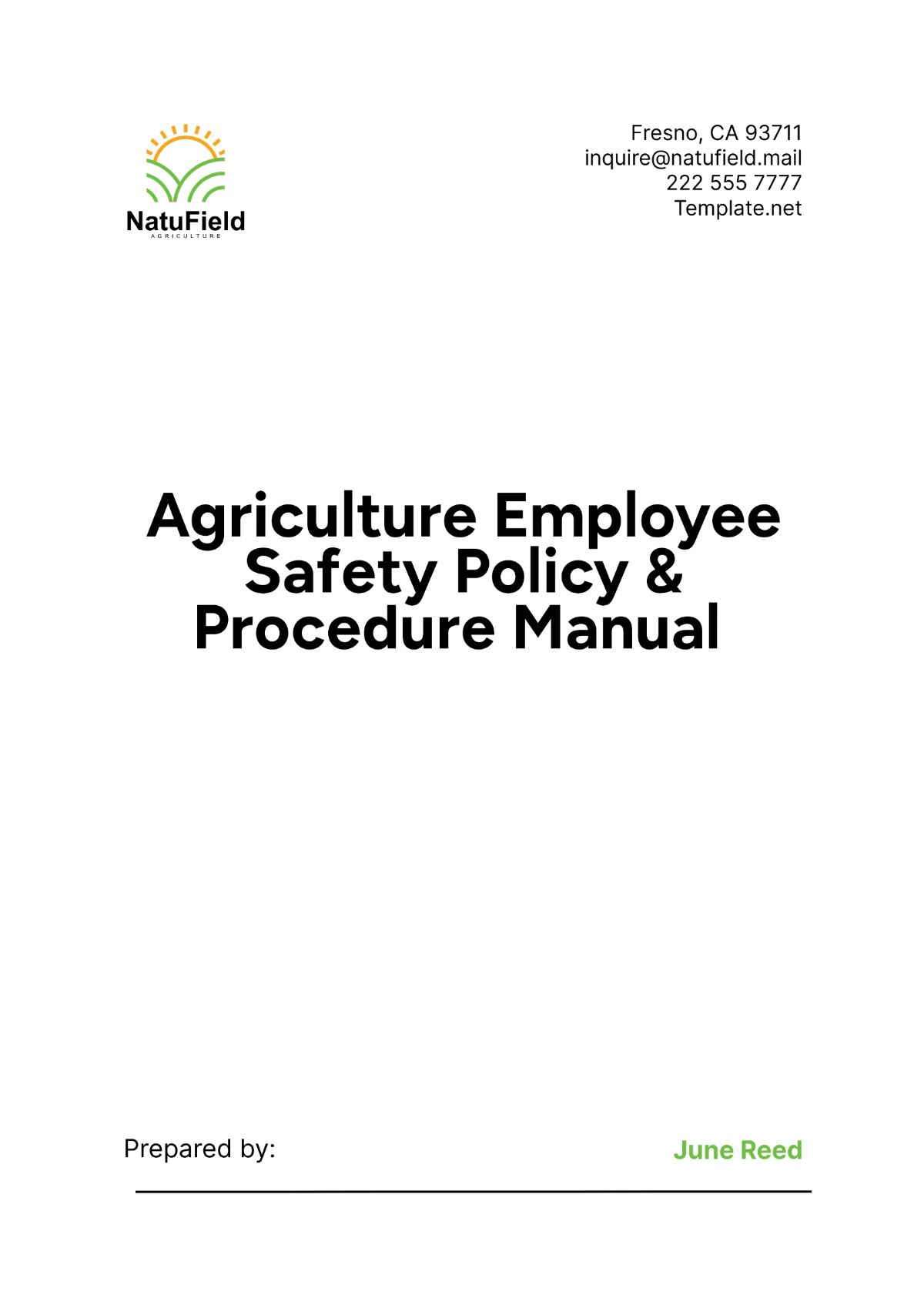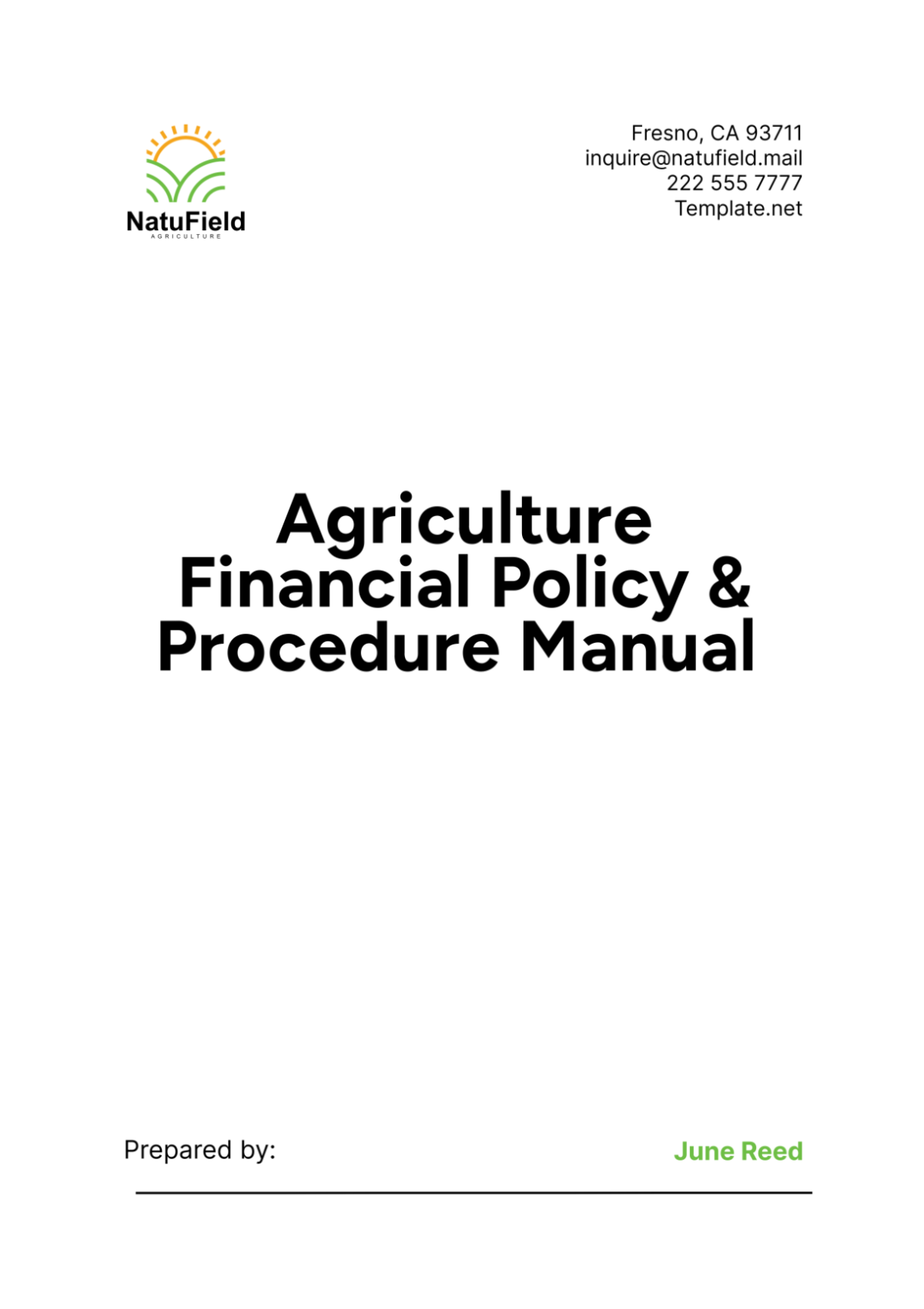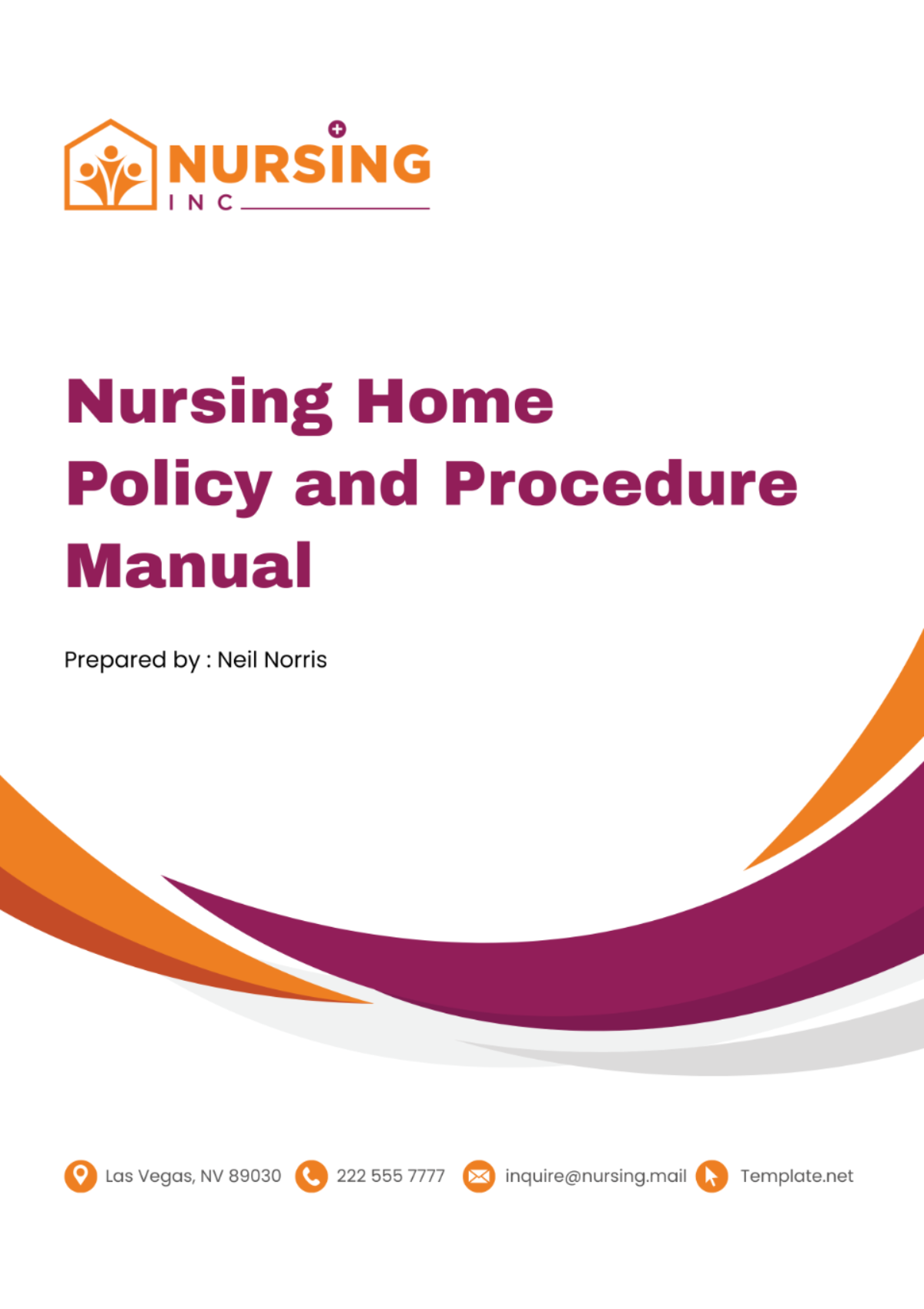Critical Incident Performance Manual
INTRODUCTION
Welcome to the [Your Company Name] Critical Incident Performance Manual. This manual serves as a crucial resource for effectively managing critical incidents within our organization.
Purpose of the Manual
The primary purpose of this manual is to provide clear guidelines and procedures for responding to critical incidents. It outlines how our organization will coordinate, communicate, and allocate resources during emergencies, ensuring the safety of our employees and the preservation of our assets.
Scope and Applicability
This manual applies to all employees, contractors, and stakeholders of [Your Company Name]. It covers a wide range of critical incidents, including natural disasters, security breaches, medical emergencies, and more.
Legal Compliance Statement
[Your Company Name] is committed to complying with all relevant federal, state, and local laws and regulations related to incident management. This manual has been developed in accordance with applicable HR legal and standard guidelines, ensuring that our response procedures align with the law.
POLICY AND AUTHORITY
Incident Command Structure
Our Incident Command Structure (ICS) is essential for decision-making and coordination during critical incidents. It aligns with NIMS, ensuring compatibility with external agencies.
Roles and Responsibilities
Effective incident response relies on clearly defined roles and responsibilities. In our organization, each member of the response team has specific duties based on their role.
Role | Responsibility |
Incident Commander | Has the authority to make critical decisions during incidents, including resource allocation, evacuation orders, and communication protocols. |
Safety Officer | Ensures the safety of responders and reports any unsafe conditions. |
Public Information Officer | Manages communication with the media, public, and stakeholders. |
Operations Section Chief | Coordinates tactical activities. |
Planning Section Chief | Gathers and evaluates incident information. |
Logistics Section Chief | Organizes resources and support. |
Finance/Administration Section Chief | Manages financial aspects and documentation. |
Chain of Command
A clear chain of command is essential for efficient decision-making and communication during critical incidents. [Your Company Name] follows this chain of command:
Position | Name |
Incident Commander (IC) | [Your Name] |
Operations Section Chief | Frank Dowell |
Planning Section Chief | Melanie Anderson |
Logistics Section Chief | Henry Johanson |
Finance/Administration Section Chief | Andrea Bright |
INCIDENT NOTIFICATION AND ACTIVATION
Reporting Critical Incidents
Prompt and accurate reporting of critical incidents is vital to our response efforts. If you witness or become aware of a critical incident, follow these steps:
Safety First 🠟 Immediate Notification 🠟 Detailed Information 🠟 Chain of Command |
Activation of Response Teams
Efficiently activating response teams is crucial for a timely and effective response. [Your Company Name] follows these steps:
Incident Commander 🠞 Response Teams 🠞 Notification |
After-Hours Procedures
Critical incidents can occur at any time. After business hours, follow these procedures:
Emergency Contacts 🠞 On-Call Personnel 🠞 Activation |
COMMUNICATION PROTOCOLS
Internal Communication
Effective internal communication is essential for coordinated incident response.
Communication Hubs: Designate communication hubs where personnel can gather to exchange information.
Channels: Utilize two-way radios, cell phones, or other communication devices to maintain contact.
Reporting: Report all information to your immediate supervisor and appropriate sections within the ICS.
Chain of Command: Follow the established chain of command for internal communication to ensure information flows efficiently.
External Communication
Clear and controlled external communication is crucial to manage public perception and coordination with external agencies.
Public Information Officer (PIO): The PIO manages external communication and liaises with the media and public.
Authorized Spokesperson: Designate authorized spokespeople to ensure consistent messaging.
Media Relations: PIO coordinates media interviews and releases in accordance with policies.
Stakeholder Communication: Maintain open communication with relevant stakeholders, including government agencies and neighboring organizations.
Emergency Notification Systems
To ensure timely communication during critical incidents, [Your Company Name] employs emergency notification systems:
Notification Lists: Maintain up-to-date notification lists containing contact information for response team members and relevant stakeholders.
Mass Notification Systems: Utilize mass notification systems to send alerts and updates to employees and stakeholders.
Testing and Training: Regularly test and train personnel on the use of notification systems.
Privacy Compliance: Ensure compliance with privacy laws and regulations when collecting and using contact information.
RESOURCE MOBILIZATION
Resource Assessment
Efficient resource assessment is crucial for a well-coordinated response to critical incidents. This assessment include:
Inventory
Resource Classification
Deployment Readiness
Resource Tracking
Resource Allocation
Allocating resources effectively is essential to address critical incidents promptly.
Incident Prioritization: Prioritize incidents based on severity, potential impact, and resource availability.
Resource Activation: Activate and deploy the necessary resources as per the Incident Commander's direction.
Resource Coordination: Coordinate resource deployment among different sections to avoid duplication and ensure optimal utilization.
Resource Recovery: Establish procedures for resource recovery and return once the incident is resolved.
Mutual Aid Agreements
This list of mutual aid agreements enhance our resource capabilities during critical incidents.
Agreement Development
Resource Sharing
Activation Process
Training and Drills
SAFETY PROCEDURES
Personnel Safety
Ensuring the safety of our personnel is paramount during critical incidents.
Safety Training
Provide comprehensive safety training to all employees to equip them with the knowledge and skills needed to protect themselves during emergencies.
Here are some safety trainings that organizations commonly provide to employees:
|
|
Personal Protective Equipment (PPE) : Supply appropriate PPE and ensure its proper use.
Safety Checks: Regularly inspect and maintain facilities and equipment to identify and mitigate potential hazards.
Safety Reporting: Encourage employees to report unsafe conditions promptly.
Public Safety
We are committed to safeguarding the well-being of the public during critical incidents.
Communication Disseminate clear and timely information to the public regarding the incident, evacuation routes, and safety precautions. Evacuation Planning Develop and communicate evacuation plans for employees and the public. Emergency Services Coordination Collaborate with local emergency services to ensure a coordinated response and public safety. Community Engagement Foster community partnerships to enhance safety awareness and preparedness. |
Evacuation Procedures
Efficient evacuation procedures are vital for the safety of all individuals during critical incidents.
Evacuation Plans Develop and maintain evacuation plans for different incident scenarios, including assembly points. Evacuation Routes Clearly mark and maintain evacuation routes within our facilities. Training and Drills Conduct regular evacuation drills to familiarize employees and occupants with procedures. Special Needs Identify and accommodate individuals with special needs during evacuations. |
INCIDENT ASSESSMENT
Initial Incident Assessment
The initial incident assessment is the crucial first step in understanding and responding to critical incidents. During this phase, our trained personnel will:
Scene Size-Up: Quickly evaluate the situation, including the nature and scope of the incident, potential hazards, and immediate threats.
Safety Check: Prioritize safety by assessing risks to responders and the public.
Resource Needs: Identify immediate resource requirements, such as personnel, equipment, and specialized teams.
Communication: Establish clear communication channels within the Incident Command Structure (ICS) and with external agencies.
Risk Assessment
Risk assessment is an ongoing process that helps us evaluate and manage potential risks associated with critical incidents. Key steps include:
Threat Identification 🠟 Vulnerability Analysis 🠟 Consequence Estimation 🠟 Risk Mitigation |
Situational Awareness
Maintaining situational awareness is critical throughout the incident. This involves:
Continuous Monitoring
Information Sharing
Decision Support
Predictive Analysis
RESPONSE STRATEGIES
Incident Prioritization
Incident prioritization is a pivotal step in managing critical incidents effectively. Our approach is guided by a risk-based assessment, considering factors like incident severity, potential harm, and the availability of resources.
Risk Assessment
Here's a step-by-step guide on how to perform a risk assessment effectively:
Life Safety First: Our top priority is safeguarding lives. We focus on immediate actions to protect individuals and then shift our attention to other aspects of the incident.
Continuous Evaluation: Incident priorities may evolve as more information becomes available. We continuously reassess to adapt our response strategies accordingly.
Resource Allocation: Based on the Incident Commander's direction and our prioritization, we allocate resources effectively to address the most critical aspects of the incident.
Containment Strategies
Containment is pivotal to prevent critical incidents from escalating further.Here are the strategies involved:
Strategy Selection
Resource Coordination
Monitoring
Communication
Evacuation Procedures
In the event of an emergency, follow these clear and concise procedures to ensure the safety of all individuals.
Notification 🠞 Evacuation Routes 🠞 Personnel Accountability |
Special Needs
We take into account the needs of individuals with disabilities or special requirements during evacuations to ensure their safety and well-being.
LOGISTICS AND SUPPORT
Efficient logistics and robust support systems are the backbone of our incident response. This section outlines how we ensure facilities, equipment, transportation, and supply chains are primed for action.
Facilities and Equipment
Maintaining functional facilities and equipment is critical during critical incidents. These are necessary in the event of an emergency:
Facility Readiness
Equipment Inspection
Transportation
Supply Chain Management
Safeguarding supply chains is essential to ensure the seamless availability of critical resources when they are needed most. Our comprehensive approach includes:
Resource Inventory
Vendor Communication
RECOVERY AND AFTER-ACTION REVIEW
Transition to Recovery Phase
Seamlessly transitioning from response to recovery is vital for restoring normal operations. Our process includes:
Incident Assessment 🠞 Resource Reallocation 🠞 Community Engagement |
After-Action Review Process
Learning from each incident is essential for continuous improvement. We follow a structured after-action review (AAR) process:
Data Collection 🠞 Analysis 🠞 Recommendations 🠞 Implementation |
Lessons Learned
Our enduring commitment to excellence hinges on the lessons we derive from each incident. By diligently documenting the insights gained from every experience, we create a valuable knowledge base that informs our practices. These lessons are not merely archived; they are integrated into our training programs to fortify preparedness. Moreover, as we continuously refine our policies and procedures, the wisdom gleaned from these lessons learned is instrumental in ensuring that our incident response capabilities remain resilient and adaptable.
LEGAL AND REGULATORY CONSIDERATIONS
Navigating the complex landscape of legal and regulatory considerations is paramount during critical incidents. This section delves into federal and state regulations, liability, documentation, and employee rights.
Federal and State Regulations
Here’s a list of Federal and state regulations that impose essential requirements on our incident management practices, ensuring compliance and enhancing our readiness:
Federal Emergency Management Agency (FEMA) Regulations
Occupational Safety and Health Administration (OSHA) Requirements
Environmental Protection Agency (EPA) Guidelines
State-Specific Emergency Management Laws
Liability and Documentation
Employee Rights and Responsibilities
Understanding liability and maintaining thorough documentation are integral to our commitment to legal compliance and accountability during critical incidents.
Employees are entitled to a safe workplace and share responsibilities for reporting incidents, complying with safety procedures, and collaborating with emergency responders.
Right to a Safe Workplace
Duty to Report Incidents
Compliance with Safety Procedures
Cooperation with Emergency Responders
PUBLIC INFORMATION AND MEDIA RELATIONS
Navigating public information and media relations is crucial during critical incidents. This section outlines the roles, guidelines, and strategies for effective communication and engagement with the public and the media.
Public Information Officer Role
This table outlines the vital responsibilities and strategies guiding the Public Information Officer (PIO) in managing information and communication during critical incidents.
Public Information Officer Role | |
Public Information Officer (PIO) Responsibilities |
|
Information Dissemination Strategies |
|
Media Engagement Protocols |
|
Crisis Communication Planning |
|
Media Relations Guidelines
Provide guidelines for courteous and professional interactions with the media, emphasizing transparency and accuracy.
Train designated spokespersons to represent the organization effectively and convey key messages.
Message Consistency: Ensure consistent messaging across all communication channels to maintain credibility.
Detail procedures for handling media inquiries, managing requests for information, and addressing sensitive topics.
Social Media Management
In the digital age, effective social media management is pivotal. Here’s a list of different approaches to utilizing social media during critical incidents:
Monitoring
Content approval
Crisis response
Public engagement strategies
TRAINING AND EXERCISES
Training Requirements
Effective training is the bedrock of a prepared and responsive organization. In this section, we outline the requirements for training, ensuring that personnel are well-equipped to handle critical incidents.
Training Needs Assessment
Training Plan Development
Training Delivery
Tracking and Records
Drill and Exercise Planning
Regular drills and exercises are invaluable for testing and improving our incident response capabilities. Consider these factors for a successful drill and exercise planning:
Exercise Objectives
Scenario Development
Participant Roles
Evaluation and Feedback
Continuous Improvement
[Your Company Name]'s commitment to excellence extends to a culture of continuous improvement. We integrate valuable lessons learned from incidents, drills, and exercises into our training and response protocols. We maintain open feedback mechanisms, regularly update plans to reflect changes, and encourage collaborative learning with other organizations and agencies, ensuring our readiness evolves to meet emerging challenges.












